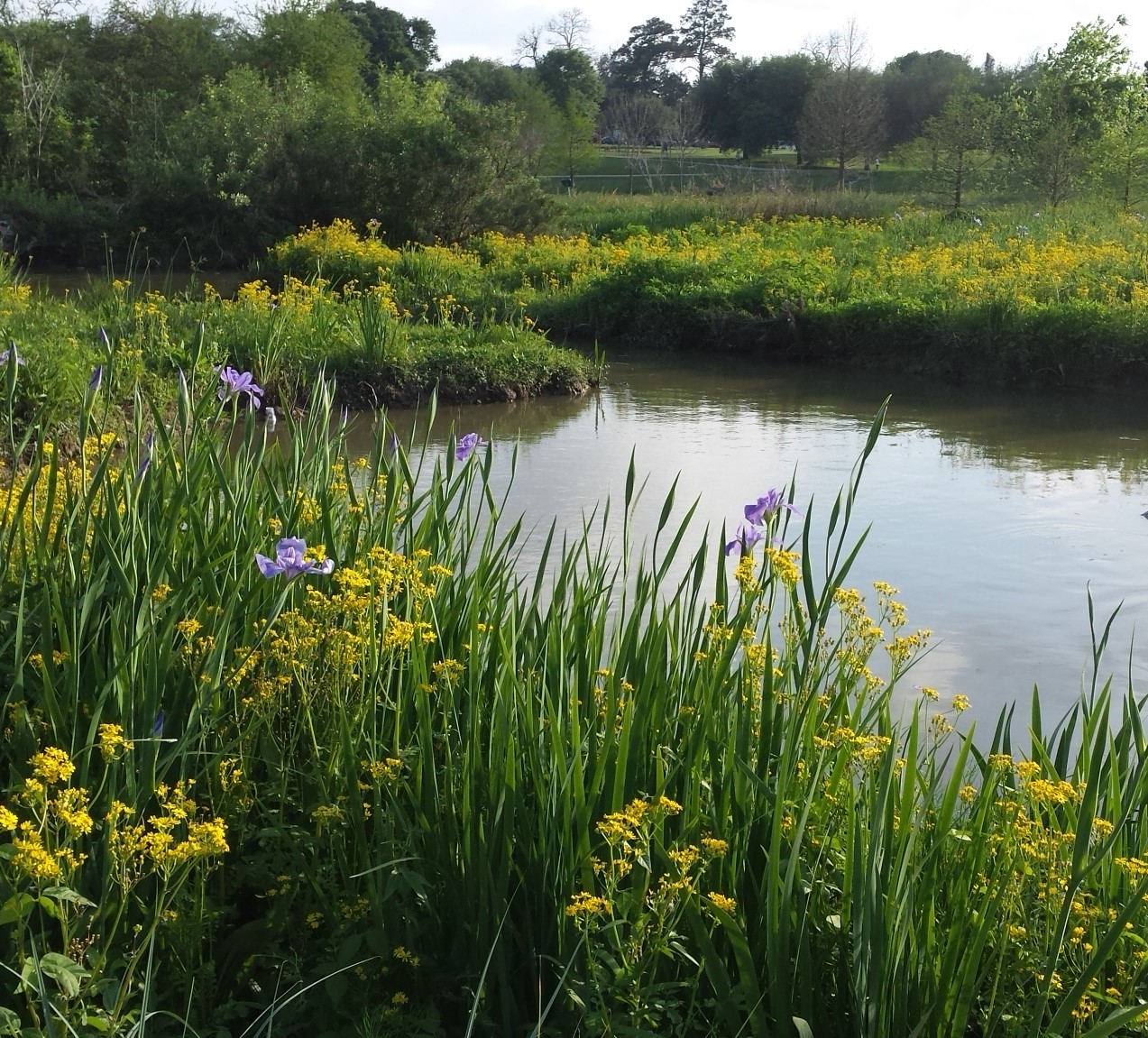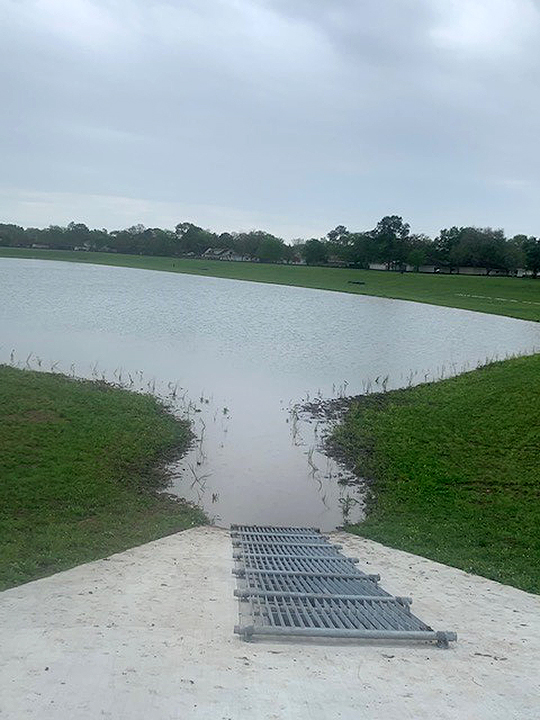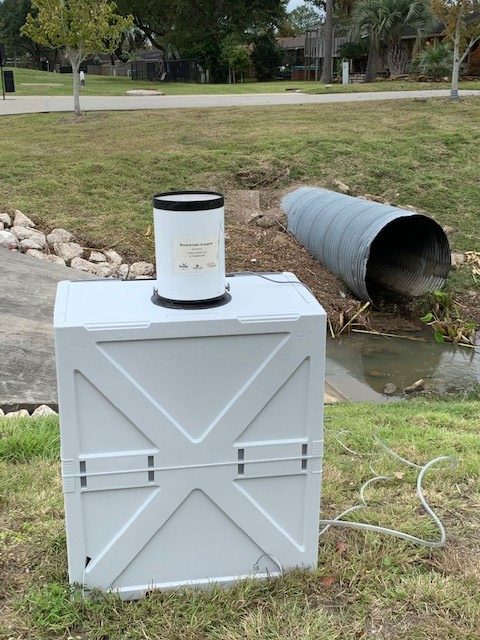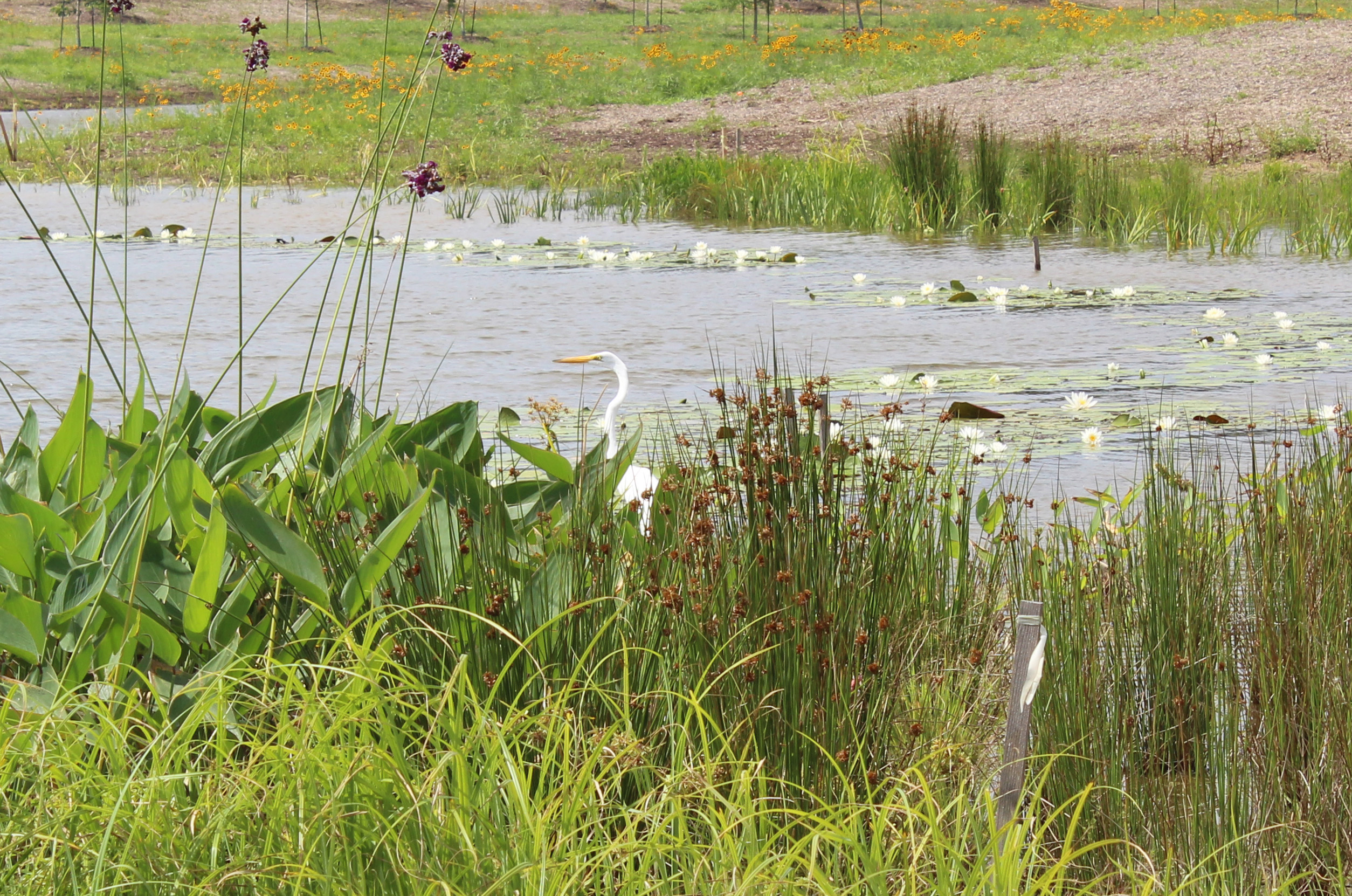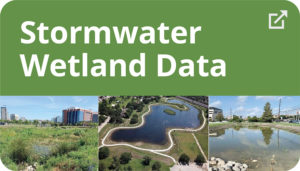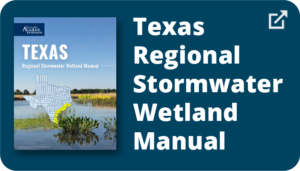—

Mid-Scale Stormwater Practices aim to treat a larger amount of an areas stormwater runoff (think neighborhood size) through a variety of practices that can incorporate both Green and Grey Infrastructure.
First, runoff can be diverted through pipes or concrete channels – Grey, open vegetated swales – Green, or overland flow into basins which can be dry basins, wet basins, retrofitted basins (to include floating wetlands) or stormwater wetlands. Each practice has different potential benefits and cost but all of them provide some increased level of stormwater control and treatment.
Which you choose depends on the location and type of soil you have and your desired benefits.
Stormwater Wetlands
|
|
Benefits & Services
|
Flood Control the stormwater wetlands slow the flow of the water and hold the water for 72 hours as it slowly releases it back into the channel through the outflow structure. This slowing the water down allows for infiltration and evaporation of water so less water is released downstream.
|
Water Quality Improvements the plants also take up excess nutrients from the water and use them; while the biofilm break down harmful bacteria and oils at the soil surface.
|
Wildlife Habitat Benefits
|
|
Stormwater wetlands create new habitat for migrating water fowl, resident bird populations, fish, insects and other wildlife. The flowers also provide food for pollinator species. While a healthy wetland system can even control nuisance population such as mosquitos using natural predators.
|
Education Benefits
Stormwater wetland creation in neighborhoods and park settings allow for community and school group field trips to learn about these systems and how they work. They also provide service learning projects through volunteer opportunities. |
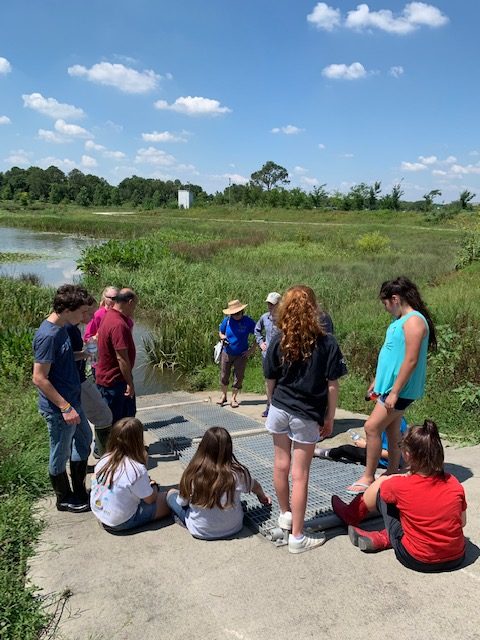
A group of students and community stakeholders learning about the engineering of the outfall structure from Dr. Jaber |
Improved Recreation and Health Benefits
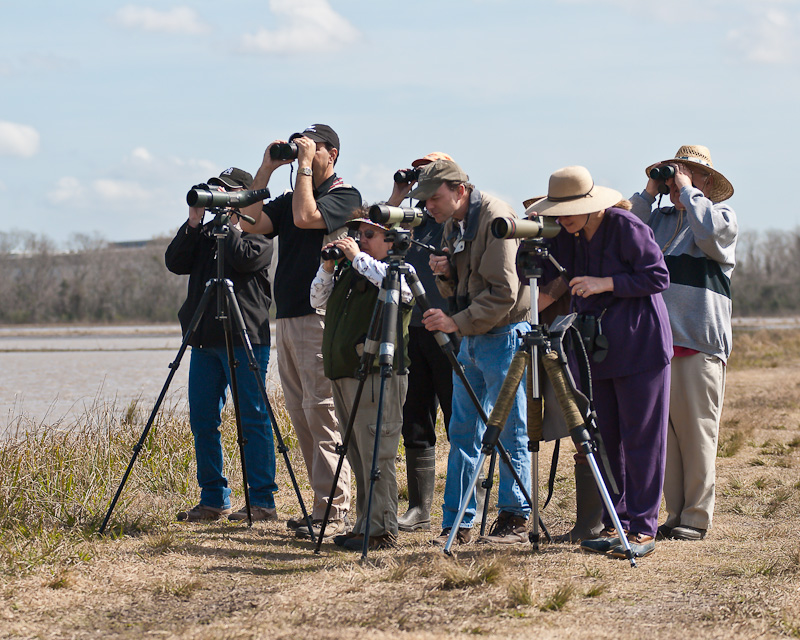
Bird watchers at a wetland |
Recreation includes bird watching, nature photography and other eco-tourism activities in these community areas.Studies show being out in nature can improve our overall health by reducing stress. Many of these stormwater wetland sites also include walking trails. |
Existing Basin Design Elements |
New Basin Design Elements |
|---|---|
» Hydrology» Site Selection» Size of Wetland» Appropriate Features» Outlet Structure» Vegetation Selection
|
» Hydrology» Site Selection» Size of Wetland» Appropriate Features» Outlet Structure» Vegetation SelectionMaintenanceNurseries and Plant ListCost/Value Estimates |
Floating Wetland (Retrofitted Wet Basin)
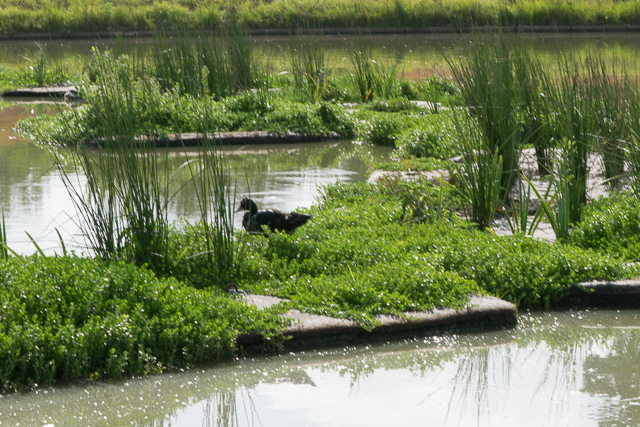 Photo courtesy of Pete Romfh taken at Pearland Nature Center Photo courtesy of Pete Romfh taken at Pearland Nature Center |
Another midscale practice is conservation design community development. We will briefly discuss some of the goals and benefits of this practice. However, we currently do not know of any neighborhoods in Texas that are using this method to show case here.
|
